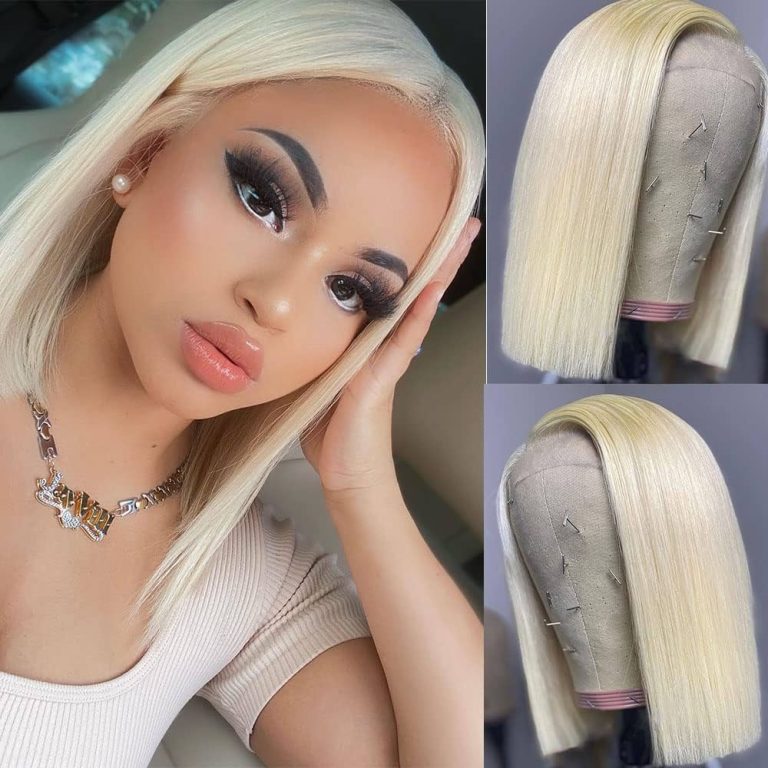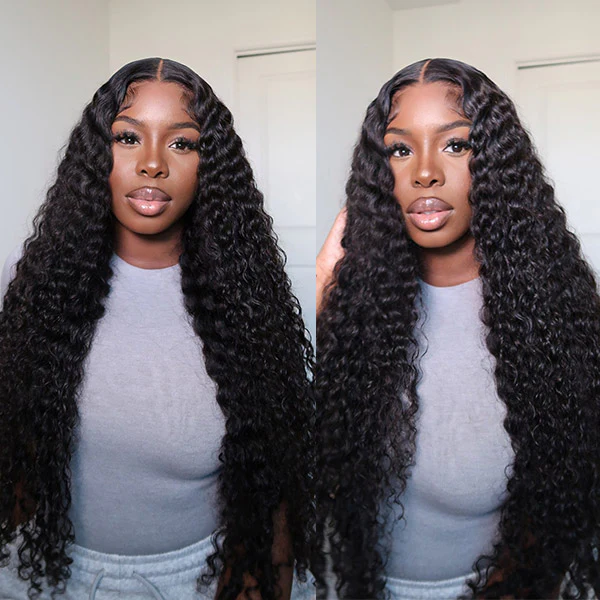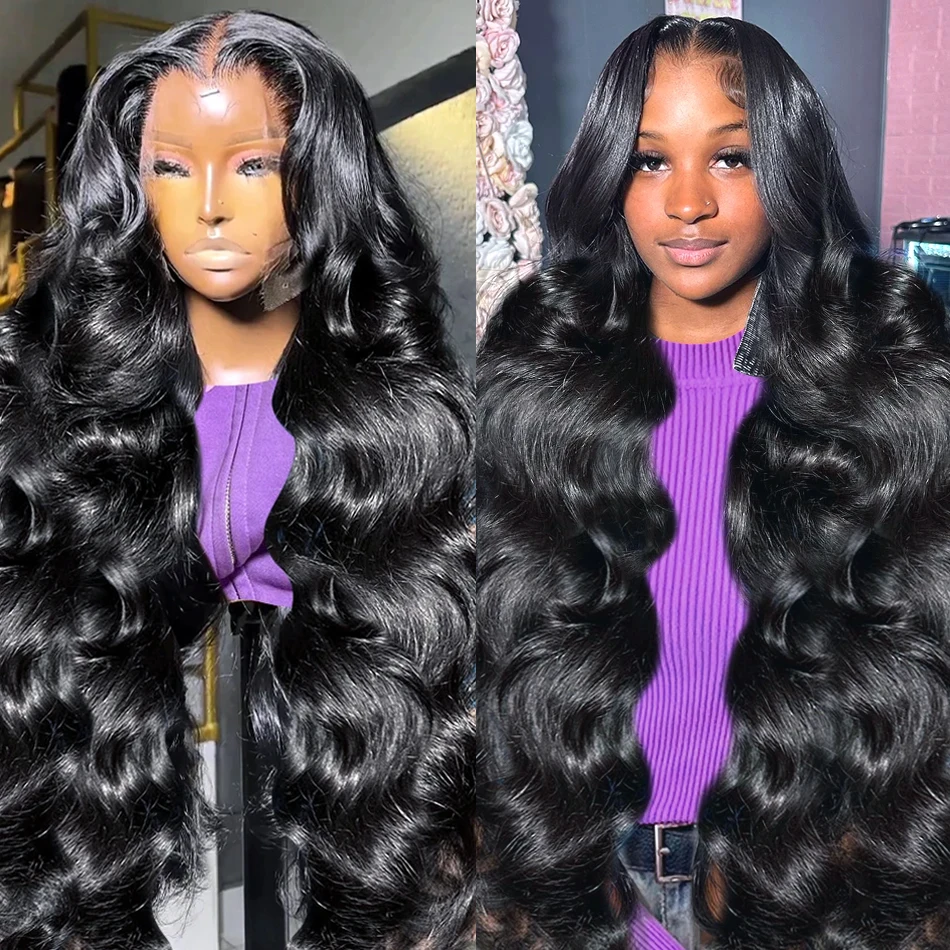
What is a Frontal Wig : Understanding Frontal Wigs
What Exactly Is a Frontal Wig?
A frontal wig revolutionizes the world of hair extensions and wigs. This innovative hairpiece features a lace panel that extends from ear to ear across the hairline. The lace mimics a natural scalp, creating an illusion of hair growing directly from the skin. Frontal wigs offer more coverage than traditional lace closure wigs. They typically measure 13 inches wide and 4 inches deep. This extra coverage allows for more styling versatility. Wearers can part their hair in multiple directions and even pull it back into ponytails or updos.
The natural-looking hairline sets frontal wigs apart from other types. High-quality frontal wigs blend seamlessly with the wearer’s skin tone. They often include baby hairs along the hairline for added realism. These wigs come in various hair types, textures, and colors to suit different preferences. From straight and silky to curly and coily, frontal wigs cater to diverse hair needs. Additionally, they can be made with human hair or synthetic fibers. Human hair frontal wigs offer the most natural look and feel. They can be styled, colored, and treated like natural hair. Synthetic options, while less versatile, provide a more affordable alternative. Frontal wigs have gained popularity among those seeking a full, natural-looking hairstyle.
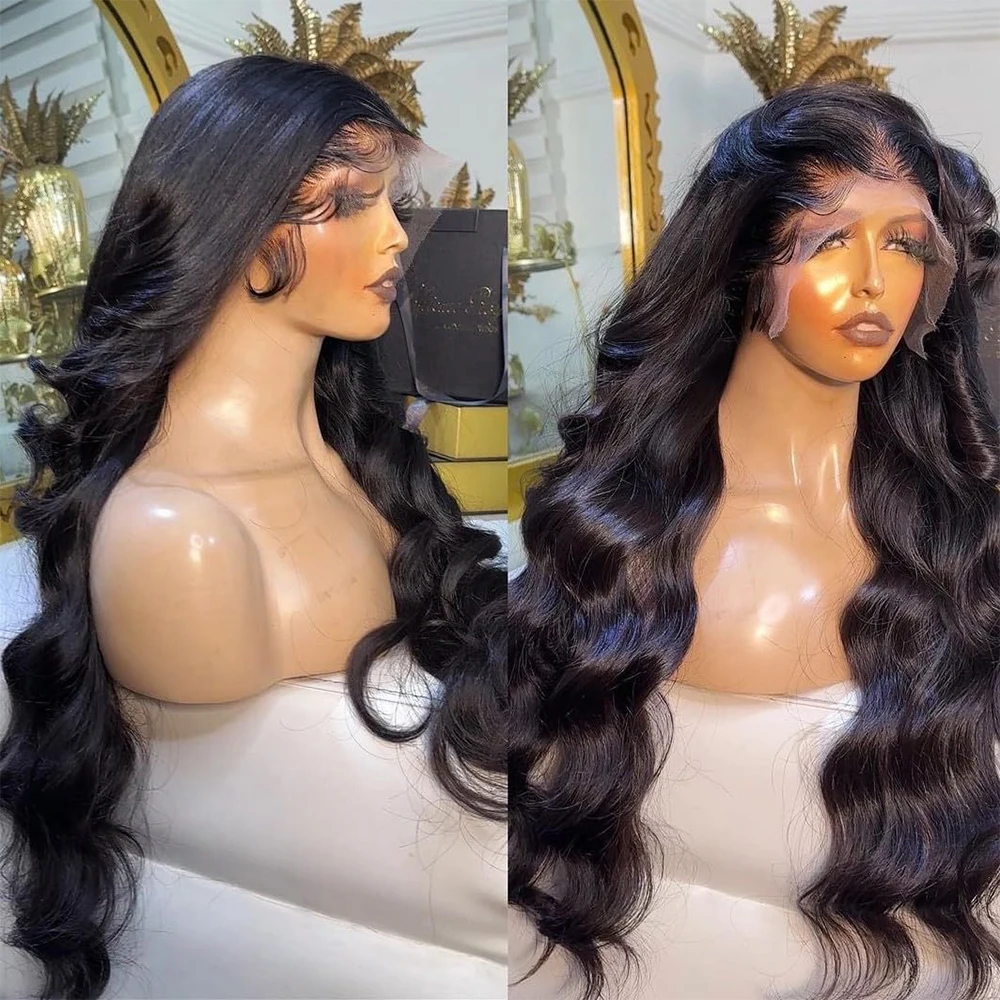
The History and Evolution of Frontal Wigs
Frontal wigs emerged as an advancement in the wig and hair extension industry. Their development stems from a desire for more natural-looking hairpieces. Traditional wigs often had noticeable edges and lacked realistic hairlines. This limitation led to the creation of lace front wigs in the early 2000s. Lace front wigs improved the appearance of the hairline but still had limitations. They typically only covered a small portion of the front hairline. Frontal wigs evolved from this concept, offering more coverage and styling options. The entertainment industry played a significant role in popularizing frontal wigs. Celebrities and performers sought seamless, versatile hairpieces for various looks.
As demand grew, manufacturers refined their techniques. They developed better lace materials and more realistic hair attachment methods. The rise of social media further propelled the popularity of frontal wigs. Beauty influencers and wig enthusiasts showcased the versatility of these hairpieces online. This exposure led to increased demand among everyday consumers. Over time, frontal wigs became more accessible and affordable. Improvements in production methods reduced costs without sacrificing quality. Today, frontal wigs continue to evolve with new technologies and materials. Innovations focus on creating even more natural-looking and comfortable wigs.
The Anatomy of a Frontal Wig
Understanding the components of a frontal wig helps appreciate its design. The key element is the lace frontal piece itself. This delicate lace panel forms the foundation of the wig’s hairline. High-quality lace appears nearly invisible when applied to the skin. The lace comes in various colors to match different skin tones. Attached to the lace are individual hair strands. These hairs are meticulously knotted or ventilated into the lace. The density and direction of these hairs create a natural hairline appearance. Behind the frontal piece lies the main body of the wig.
This section typically uses a weft construction or machine-made cap. The cap provides structure and support for the rest of the hair. Some frontal wigs include adjustable straps or combs for secure fitting. These features help keep the wig in place during wear. The hair used in frontal wigs varies in type and quality. Human hair offers the most natural look and feel. It comes in various textures and can be styled with heat tools. Synthetic hair provides a more affordable option but with less versatility. Some wigs blend human and synthetic hair for a balance of quality and affordability. The construction of a frontal wig requires skill and precision. Each component plays a crucial role in creating a realistic, comfortable hairpiece.

Advantages of Choosing a Frontal Wig
Frontal wigs offer numerous benefits over traditional wigs and hair extensions. First and foremost, they provide a remarkably natural-looking hairline. This feature allows wearers to style their hair away from the face without detection. The wide lace panel permits diverse styling options. Users can part their hair in multiple directions, mimicking natural hair growth patterns. Frontal wigs also offer excellent coverage for those experiencing hair loss. They can effectively conceal receding hairlines or thinning at the crown. The versatility of frontal wigs makes them suitable for various occasions. They can be styled for everyday wear, special events, or even high-fashion looks.
Human hair frontal wigs can be colored, cut, and styled like natural hair. This flexibility allows wearers to change their look as desired. Frontal wigs often provide a more comfortable wearing experience. The lace material is lightweight and breathable, reducing scalp irritation. Many users find frontal wigs more secure than other types. The wider lace area creates a stronger bond with the scalp. This enhanced security gives wearers confidence in various activities. Frontal wigs can also boost self-esteem for those dealing with hair loss. They offer a natural-looking solution that restores a full head of hair. The realistic appearance of frontal wigs can positively impact personal and professional interactions.
How to Choose the Right Frontal Wig
Selecting the perfect frontal wig involves considering several factors. First, determine the desired hair type: human or synthetic. Human hair offers more styling versatility but requires more maintenance. Synthetic hair is easier to care for but has limitations in styling. Next, consider the hair texture that best matches or enhances your look. Options range from straight and wavy to curly and coily. Choose a length that suits your style preferences and lifestyle needs. Longer wigs offer more styling options but may require more upkeep. Color selection is crucial for a natural look.
Match the wig color to your skin tone and personal style. Many brands offer a wide range of colors, including ombré and highlighted options. Consider the cap construction and size for optimal comfort and fit. Some wigs offer adjustable features to ensure a secure, comfortable wear. Lace color is another important factor. Select a shade that closely matches your skin tone for a seamless blend. Quality matters, especially for the lace and hair. Higher quality typically means a more natural appearance and longer lifespan. Consider your budget, but remember that investing in a quality wig often pays off in the long run. Lastly, research different brands and read reviews from other users. Their experiences can provide valuable insights into the wig’s performance and durability.
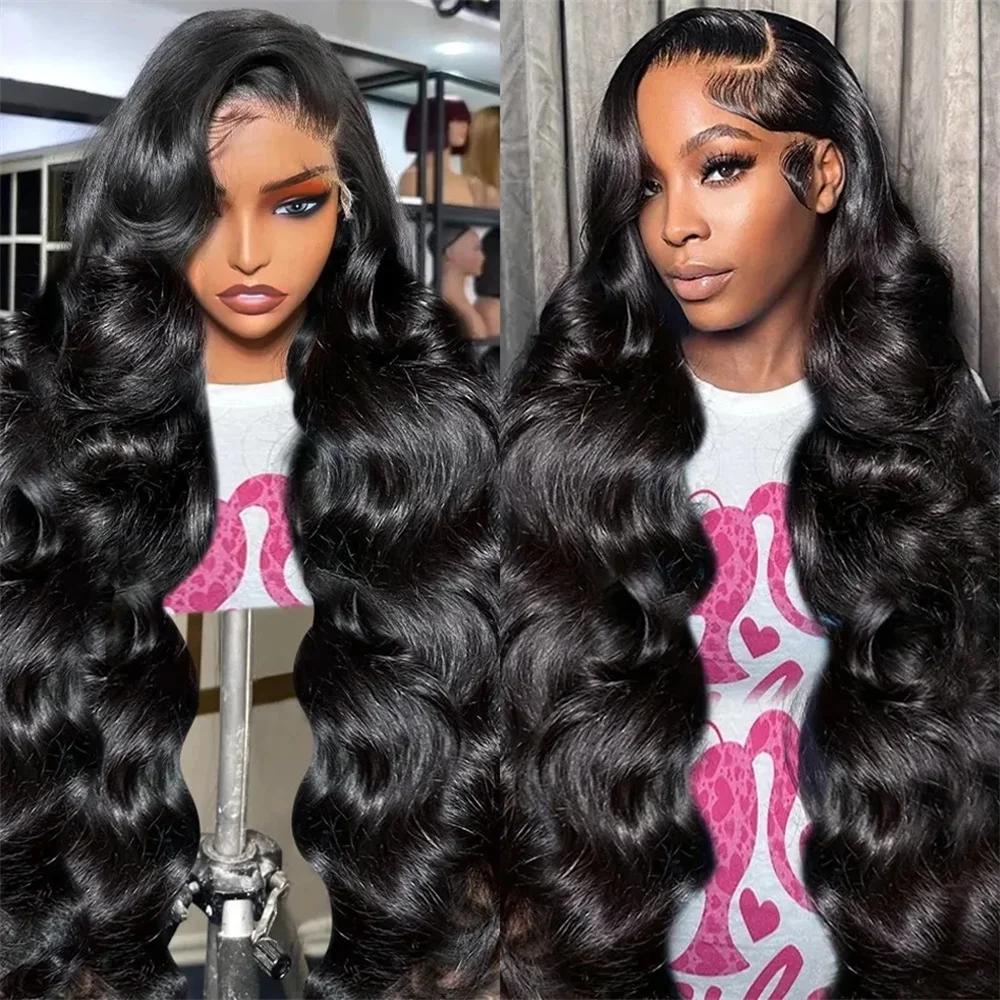
Proper Application and Wear of Frontal Wigs
Correct application ensures the best look and longevity of a frontal wig. Start by preparing your natural hair. Braid or flatten it against the scalp to create a smooth base. Clean the hairline and forehead thoroughly to remove oils and debris. This step helps the adhesive bond securely. If using adhesive, apply it carefully along the hairline. Allow it to become tacky before placing the wig. Carefully align the wig’s hairline with your natural hairline. Press gently to secure the lace to your skin. Use a comb or brush to blend the wig’s baby hairs with your own. This step creates a more natural-looking hairline. Adjust the wig and secure any additional attachment methods, like combs or straps.
Style the wig as desired, using appropriate tools and products. During wear, avoid excessive pulling or tugging on the wig. Handle the lace frontage with care to prevent tearing or damage. Remove the wig carefully at the end of each day. Follow the manufacturer’s instructions for removal, especially if adhesive was used. Proper wear and removal extend the life of the frontal wig. Regular maintenance, such as gentle washing and conditioning, keeps the wig looking its best. Store the wig on a wig stand or in a cool, dry place when not in use. This practice helps maintain its shape and prevent tangling.
Maintenance and Care Tips for Frontal Wigs
Proper care significantly extends the lifespan of a frontal wig. Establish a regular cleaning routine based on frequency of wear. For human hair wigs, wash every 7-10 wears or when product buildup occurs. Use sulfate-free, gentle shampoos and conditioners designed for wigs. Avoid rubbing or twisting the hair while washing. Instead, gently squeeze the product through the hair. Rinse thoroughly with cool water to maintain the hair’s integrity. After washing, gently pat the wig with a towel to remove excess water. Allow it to air dry on a wig stand, away from direct heat or sunlight.
Once dry, carefully detangle the hair using a wide-tooth comb or specialized wig brush. Start from the ends and work your way up to prevent unnecessary pulling. Style the wig using heat tools on low settings to avoid damage. Always use a heat protectant product when styling with heat. For synthetic wigs, follow the manufacturer’s care instructions carefully. Many synthetic wigs cannot withstand heat styling. Store the wig properly when not in use. A wig stand or mannequin head maintains the wig’s shape. Keep it in a cool, dry place away from dust and direct sunlight. Regularly inspect the lace for any signs of wear or damage. Address any issues promptly to prevent further deterioration. With proper care, a high-quality frontal wig can last for many months or even years.
Styling Techniques for Frontal Wigs
Frontal wigs offer extensive styling possibilities, rivaling natural hair. For a natural look, start by blending the wig’s baby hairs with your own. Use a small brush and edge control product to create realistic edges. Experiment with different parts to change up your look. The lace frontal allows for versatile parting options. Create side parts, middle parts, or even zig-zag parts for unique styles. Try updos and ponytails to showcase the wig’s versatility. The frontal design allows for pulled-back styles without revealing the wig. For curly or wavy wigs, enhance the texture with curl-defining products. Scrunch the hair to encourage natural-looking curls and waves.
Straight wigs can be curled using heat tools on low settings. Always use a heat protectant to prevent damage. Consider adding highlights or lowlights for dimension. Professional colorists can safely color human hair wigs. Accessorize with headbands, clips, or scarves to create diverse looks. These accessories can also help conceal the wig’s edges for added security. Trim the wig if needed to frame your face or achieve a desired length. Seek professional help for significant cuts or styles. Remember to style gently to preserve the wig’s quality and appearance. Avoid excessive heat or harsh chemicals that could damage the hair or lace. With creativity and care, a frontal wig can provide countless styling options.

Common Misconceptions About Frontal Wigs
Despite their popularity, frontal wigs still face several misconceptions. One common myth suggests that frontal wigs always look unnatural. In reality, high-quality frontal wigs can be virtually indistinguishable from natural hair. Another misconception is that frontal wigs are only for those with hair loss. While they benefit hair loss sufferers, many use them for fashion and versatility. Some believe frontal wigs require professional application. While professional help can be beneficial, many wearers successfully apply their wigs at home. There’s a myth that frontal wigs damage natural hair underneath. When applied and removed correctly, frontal wigs can protect natural hair.
Some think frontal wigs are uncomfortably hot to wear. Modern materials and construction methods create breathable, comfortable wigs. A persistent misconception is that frontal wigs are prohibitively expensive. While high-end options exist, affordable frontal wigs are available for various budgets. Some believe that swimming or exercising with a frontal wig is impossible. With proper application and care, many activities are possible while wearing a frontal wig. Another myth suggests that frontal wigs require constant adjustment. Well-fitted frontal wigs stay securely in place with minimal adjustment. Lastly, some think frontal wigs limit hairstyling options. In fact, they offer more styling versatility than many other wig types. Educating oneself about frontal wigs helps dispel these misconceptions and appreciate their benefits.
The Future of Frontal Wigs
The frontal wig industry continues to evolve with technological advancements. Innovations in lace materials promise even more realistic and durable frontals. New adhesive technologies may offer stronger, longer-lasting bonds without irritation. 3D printing could revolutionize wig production, creating perfectly fitted caps. Advances in synthetic fiber development may produce hair that mimics human hair more closely. This could offer more affordable options with the versatility of human hair wigs. Customization is likely to become more accessible and affordable. Digital scanning and modeling could allow for precisely tailored wigs.
The integration of smart technology into wigs may not be far off. Imagine wigs that change color or style with the touch of a button. Sustainability is becoming a focus in the wig industry. Expect to see more eco-friendly materials and production methods. The rise of virtual try-on technology could change how people shop for wigs. This technology allows customers to visualize different styles before purchasing. As social acceptance of wigs grows, the market is likely to expand further. This could lead to more diverse options and improved quality across price points. The future of frontal wigs looks bright, with innovations enhancing their realism, comfort, and versatility. These advancements will continue to make frontal wigs an attractive option for a wide range of users.
